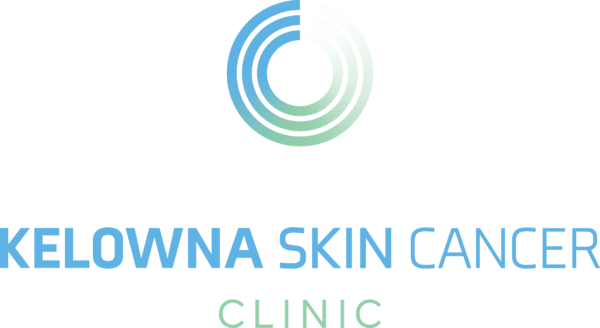ACTINIC KERATOSIS
A common precancerous skin condition.
Actinic keratosis, also called solar keratosis, is a precancerous skin change that develops from long-term exposure to ultraviolet (UV) radiation from the sun or indoor tanning.

What is actinic keratosis?
Actinic keratosis is a precancerous skin change caused by cumulative exposure to ultraviolet (UV) radiation. It results from damage to the skin’s DNA over time and tends to become more common with age and ongoing sun exposure. When actinic keratosis appears on the lips, it is called actinic cheilitis.
People with actinic keratosis have a higher risk of developing squamous cell carcinoma, so regular monitoring and appropriate treatment are important. While actinic keratosis may recur because of underlying sun damage, it can be managed with ongoing skin care, sun protection, and medical treatment when needed.
How to spot actinic keratosis.
Actinic keratosis develops slowly and often has no noticeable symptoms. It usually appears as a small patch or spot on the skin and is sometimes easier to feel than to see. Some lesions can be very subtle, especially when they are thin. These changes tend to develop over many years and are more common in people over the age of 40.
Signs & Symptoms
- Flat or slightly raised spots that feel crusty, rough, or scaly
- Red, pink, skin-coloured, or silvery patches
- Common on sun-exposed areas such as the face, ears, scalp, neck, shoulders, forearms, and the backs of the hands
- May occur as individual spots or in clusters across a broader area
Who is most at risk?
Anyone can develop actinic keratosis, but certain factors can increase a person’s risk. These include:
- Having fair skin, light-coloured eyes, or light hair
- Living in a sunny region, such as the Okanagan
- A history of frequent or intense sun exposure or sunburns
- Regular travel to high-UV destinations or spending extended time in sunny climates
Preventing actinic keratosis.
Full body protection
Protect any skin not covered by clothing that offers UV protection. Use a broad-spectrum UVA/UVB sunscreen with an SPF of 30 or higher, and reapply as recommended.
Develop sun-safe habits
Limit time outdoors during peak UV hours (typically 10 am to 4 pm) and seek shade when possible. Wearing protective hats, sunglasses, and long sleeves can further reduce UV exposure.
Avoid tanning
UV radiation from tanning beds can cause skin damage similar to sun exposure and may contribute to actinic keratosis. There is no safe way to tan or “pre-tan” before travel to sunny destinations.
Check your skin regularly
Watch for new or changing spots, freckles, or growths. If a lesion becomes painful, bleeds, or increases in size, contact your healthcare provider for assessment.
Get to know your treatment options.
Actinic keratosis can be managed in several ways. Treatments offered through our clinic include:
Cryotherapy and topical treatments.
Additional approaches to supporting skin health may be discussed during your visit. These can include moisturizers, keratolytic creams, or other topical products that help improve rough, dry, or sun-damaged skin. Your clinician will review which options are appropriate for your situation and how to use them safely.
Talk to a physician.
With all types of skin cancer, it’s important to seek the advice of a healthcare professional. If you’re unsure about a spot or skin change, consider booking an assessment. A clinician can examine the area, provide guidance, and review possible treatment approaches with you.
